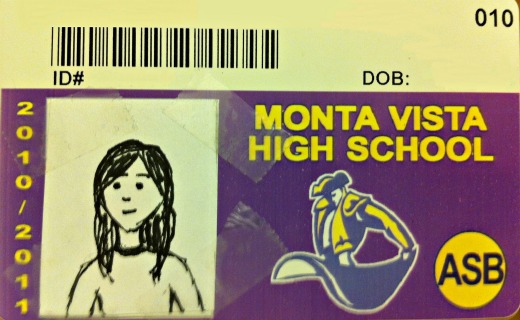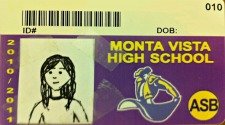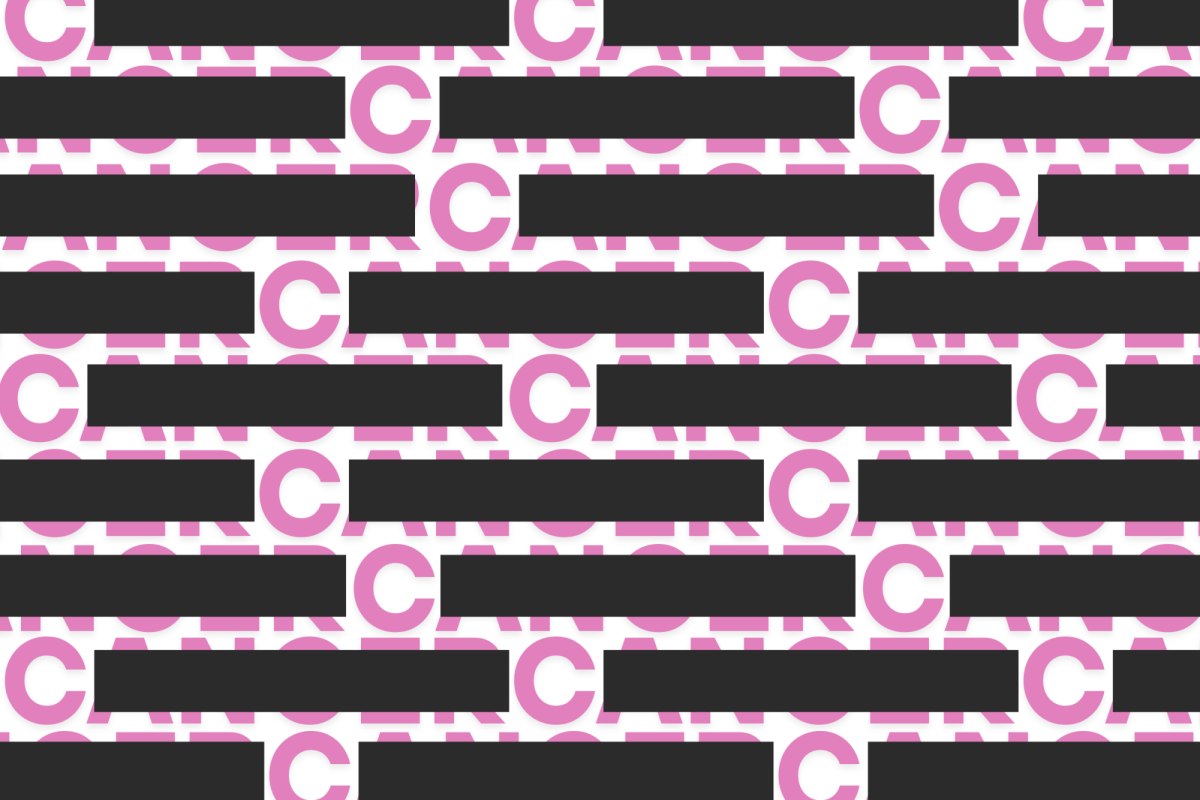Standardized tests have always had challenges with cheating. Over the years, students have become better and better at it, while test proctors have maintained the same, archaic methods. Maybe the honor system and was enough to keep students honest in 1926, when the SAT was first created, but these are clearly not reason enough for dishonest students to hold back from cheating.

On March 27, the College Board announced that as a result of widespread cheating on the SAT in Long Island, New York, where students used false identification to take tests for students that paid them, they will tighten their security. Now students will be required to provide a photograph of themselves upon registration, along with their gender, birth date, and high school. Their high school will receive the photograph along with the SAT scores.
Unfortunately, so will colleges.
This new development literally changes the face of college applications. It allows the person reviewing one’s application to see a person and form judgments. These judgments could be based on anything from race to attractiveness to the quality of the photo. Once the admissions process crosses over from blind reading into the realm of the visual, there is little that can be done about the psychological imprint it will leave upon the reader, who is only human.
Humans evolutionarily tend to favor those that are more attractive or healthy-looking. Along with this, they tend to favor those of their own race. All of the types of profiling we have been trying to avoid (racial, socioeconomic or otherwise) will rear their ugly heads in this process, making it more subjective than it already is. Colleges shall have to wade through the murky waters of bias, setting about to the near-impossible task of not thinking anything about a human face when they see it, except that it matches the photo submitted with the application.
If there is anything that College Board can do to deal with the issue that keeps the admissions process free of visual entanglements, it absolutely must be done. It is one thing to address security concerns; it is another to create a new problem in an attempt to solve the previous one. It is not that College Board is wrong to tighten security. Rather, it is that this is the wrong approach to it. Photographic identification should only go as far as the high school. Sending it to colleges would be unnecessary and would do more harm than good. If anything, the College Board should serve as an intermediary, matching the photos on applications to those in its database from the SAT. This will remove any extra contact with the photos.
This might seem like much ado over a single piece of the application, but the photo could prove disastrous in the wrong hands. Just the one photo could be the tipping factor for or against someone, and adds an unnecessary layer of subjectivity to the process. Students at MVHS and other schools across the nation may not need to cheat on the SAT, but they could be cheated of their education if the College Board does not filter students’ photos so they are accessible only on a basis of need. Otherwise, students can only hope that they have put their best face forward.








